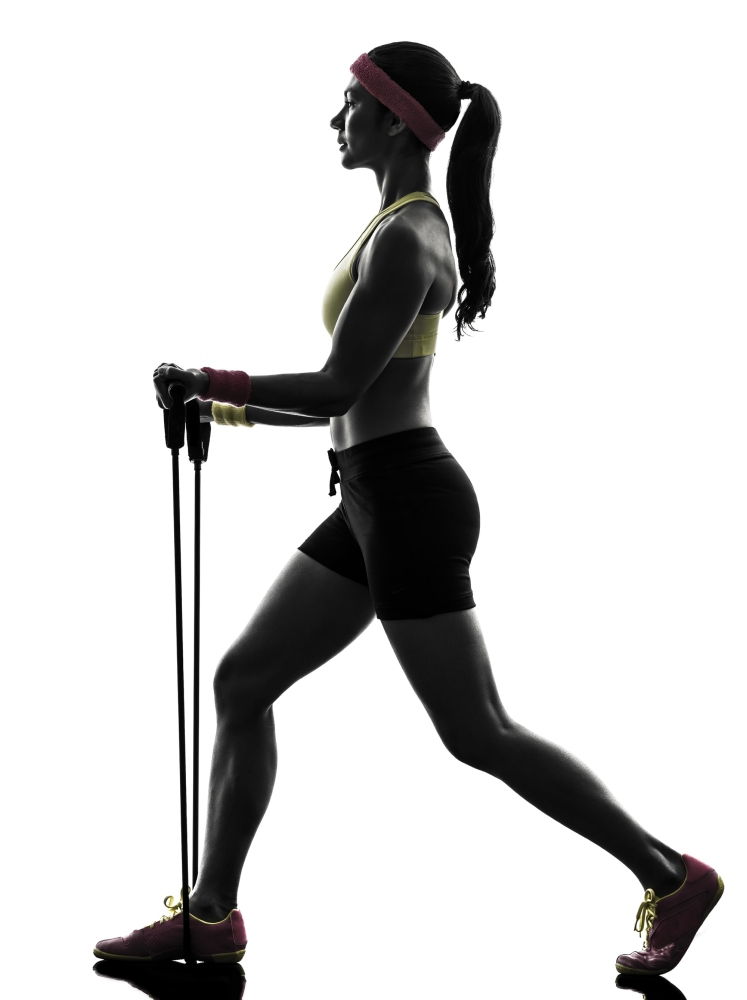
There are many things that you can do to minimise the risk of, and recover from, injury. A personalised diet and exercise plan will ensure that you’re mitigating your risk as much as possible, and here are some other things to consider.
Use your DNA
The DNA reports will provide you with your injury risk, based on whether or not you have certain variations of genes that code for structural and inflammatory proteins. People who have experienced muscular or soft tissue injuries have significantly higher frequency of these variations, and therefore we know that these genes are associated with injury risk. This isn’t a fait-accompli however. We have known several clients who scored a high and even very high risk of injury, but have never suffered significant injuries. Cath Bishop, the Olympic rower who won Silver in the Athens Olympics with partner Kath Grainger, did the DNA test with us in 2015 and her risk was high, yet she’s never had any significant injuries in her career. If you do score highly though, you should be even more diligent about the following the advice below.
Consider your past experiences
Have you been injured before? Can you, with hindsight, recognise why it happened? What have you learnt? I can see quite clearly about why my injuries occurred. Now they aren’t major injuries, but the first calf tear meant I abandoned the London marathon less than two miles in; second calf tear resulted in me deferring my marathon place until the following year, and the ischial tuberosity / hamstring injury has been an annoyance but not a showstopper. If you’ve been injured before, it’s likely that you’ll have a weakness or vulnerability in that area, particularly if you didn’t do any rehab or physio work. It would be advisable to do some prep work in that area before starting exercise or event-specific training, and of course when you do start, build up slowly.
Never neglect your nutrition
There is a myriad of reasons why a balanced and tailored nutrition plan should never be neglected, and using diet to support your exercise is vitally important. To help defend against the risk of injury, the body needs to be nurtured with high quality protein and healthy fats; an appropriate amount of non-starchy carbohydrates (and minimal refined carbs); plenty of water; between 7-8 hours of sleep per night; minimal stress levels; and an appropriate amount of exercise at the right intensity.
Make time for relaxation and recovery
Make time for a long bath, a coffee with an old friend, laughter, something chilled like a trip to the cinema, or just spend time with friends and connecting with others. An unhappy mind is an unhappy body, and vice versa. If you’re carrying a lot of stress, anger, resentment or fatigue with you, you automatically increase your risk of injury several-fold.
Make your training relevant to your goals
Injuries often occur for one of five reasons:
- Lack of proper warm up
- Wrong type or intensity of exercise
- Lack of fitness
- Overtraining
- Ignoring warning signals
- Re-injury from rushing back into training
I would never discourage anyone from trying new forms of exercise, and in fact cross-training is a great idea for keeping things fresh and working on overall fitness. Just make sure you’re always properly warmed up, and do not be tempted to skip the warm-up. I have a suspicion that a lot of people scrimp on the warm-up because they want to conserve energy, but that’s a fallacy. You won’t run out of energy by warming up (unless you are extremely out of shape!), but what you will do is ensure you’re ready to exercise, the muscles are warm and all the connective tissues are mobilised and ready for action.
Ensure your training is appropriate to your goals
So for example, if you’re a distance runner, there are some very specific types of training that will help improve your speed and endurance. Suddenly trying something new, that your mind and body are unprepared for, will increase your risk of injury. It doesn’t mean you shouldn’t try it, but be measured in your approach.
Leanne Spencer is a Fitness Entrepreneur, Author of the Amazon Bestselling book Rise and Shine: Recover from burnout and get back to your best and Founder of Bodyshot Performance Limited. Bodyshot specialises in bringing the science of genetics to the world of fitness. Connect with the team @BodyshotPT or Facebook or visit our website at www.bodyshotperformance.com.


